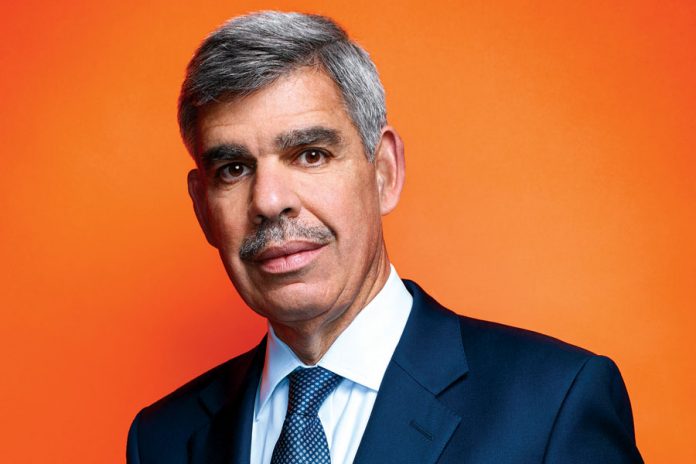Stocks traded slightly higher this morning as investors braced for a big week of data releases. The Dow, S&P, and Nasdaq Composite all gained. Yields were flat through noon.
And though today’s session didn’t see much action, the market is likely to experience major moves in the coming days. The November Consumer Price Index (CPI) comes out tomorrow morning just before the Fed starts its two-day December meeting. A 50 basis point rate increase is expected on Wednesday, but investors are more interested in the Fed’s dot plot than the size of this month’s hike.
“Financial conditions have eased dramatically since the October CPI reading released last month, so the Fed will likely use the December FOMC meeting to walk those back,” explained Cornerstone Wealth chief investment officer Cliff Hodge.
“We think the markets are too sanguine on rates after the first quarter, and we expect Powell to take a more hawkish tone and for the dots to indicate higher rates for a longer period of time than what is currently being priced in by the futures markets.”
Most traders assume that, after raising rates through H1 2023, the Fed will slash rates lower in H2 due to slowed growth no matter what the inflation situation looks like.
Allianz’s Mohamed El-Erian warned investors to be wary of buying into this narrative.
“I think ultimately the Fed is going to have to maneuver this very, very difficult road towards the middle of next year,” he said this morning in a CNBC interview.
“I think we have clarity on what happens next with the Fed, but the further out you go in 2023, the harder it gets, and we’re not going to get rates coming down as the market expects.”
If the Fed reveals an increased median rate for 2023, that would certainly call the assumed rate cuts into question. The Fed placed its median rate at 4.6% for next year when the FOMC last updated its economic projections back in September.
Analysts expect the median rate to climb to 4.9% on Wednesday, with the most hawkish case at 5.0%.
“The Fed has signaled the terminal rate will likely be around 5% — we think an upper bound of 5% — reached in early 2023. To get there, the central bank will likely raise rates by 50 basis points at its December 2022 meeting, followed by two more 25-bp hikes in 2023,” said Bloomberg economists Anna Wong and Eliza Winger.
The market might be able to handle this hike schedule provided that the Fed eventually brings rates lower at some point next year. According to the Bloomberg economists, though, that’s not going to happen.
“We then see it holding at 5% throughout the year,” they said.
The best scenario for active traders would be a short series of very strong hikes – we’re talking 100 basis points or more – to slam the brakes on the economy and inflation. This would crash stocks, ending the bear market in a relatively short amount of time before rate cuts arrived, allowing the economy to heat back up again.
Stocks would then surge, and short-term traders like us would be very happy having been able to participate in both sides of the market’s massive swings.
That’s not going to happen, however, because that kind of instability would undoubtedly break the global financial structure via a US bond market implosion. We saw what happened with gilts and the pound in the UK several months ago.
Instead, the Fed is going to draw this process out as long as possible. That should result in a slow, disappointing descent for equities next year rather than a “flash crash” bears could really sink their teeth into.
Regardless, it’s going to be another year in which trend-following traders beat the pants off the “buy and hold” crowd, no matter the pace at which the Fed decides to move on rates.








